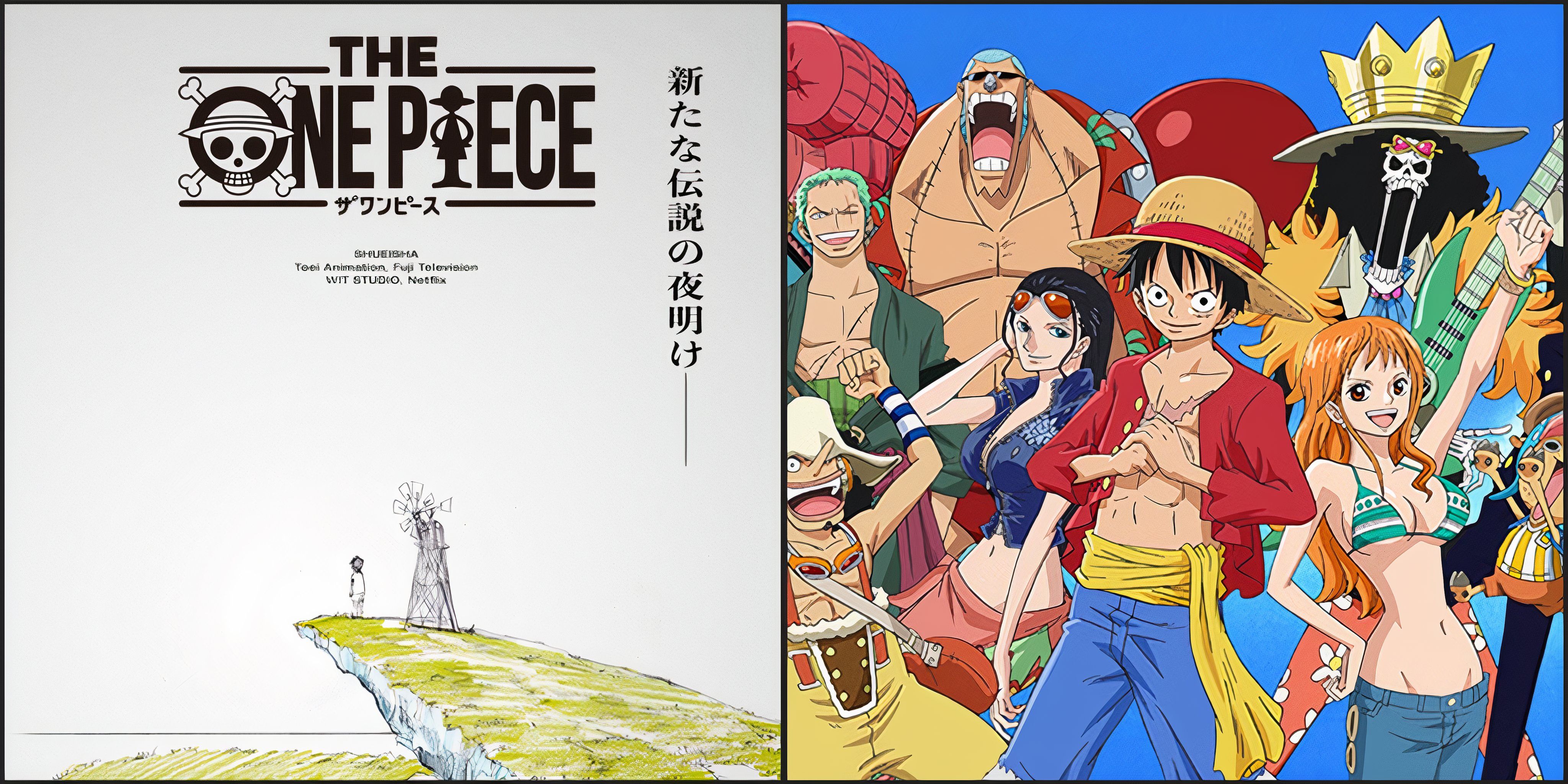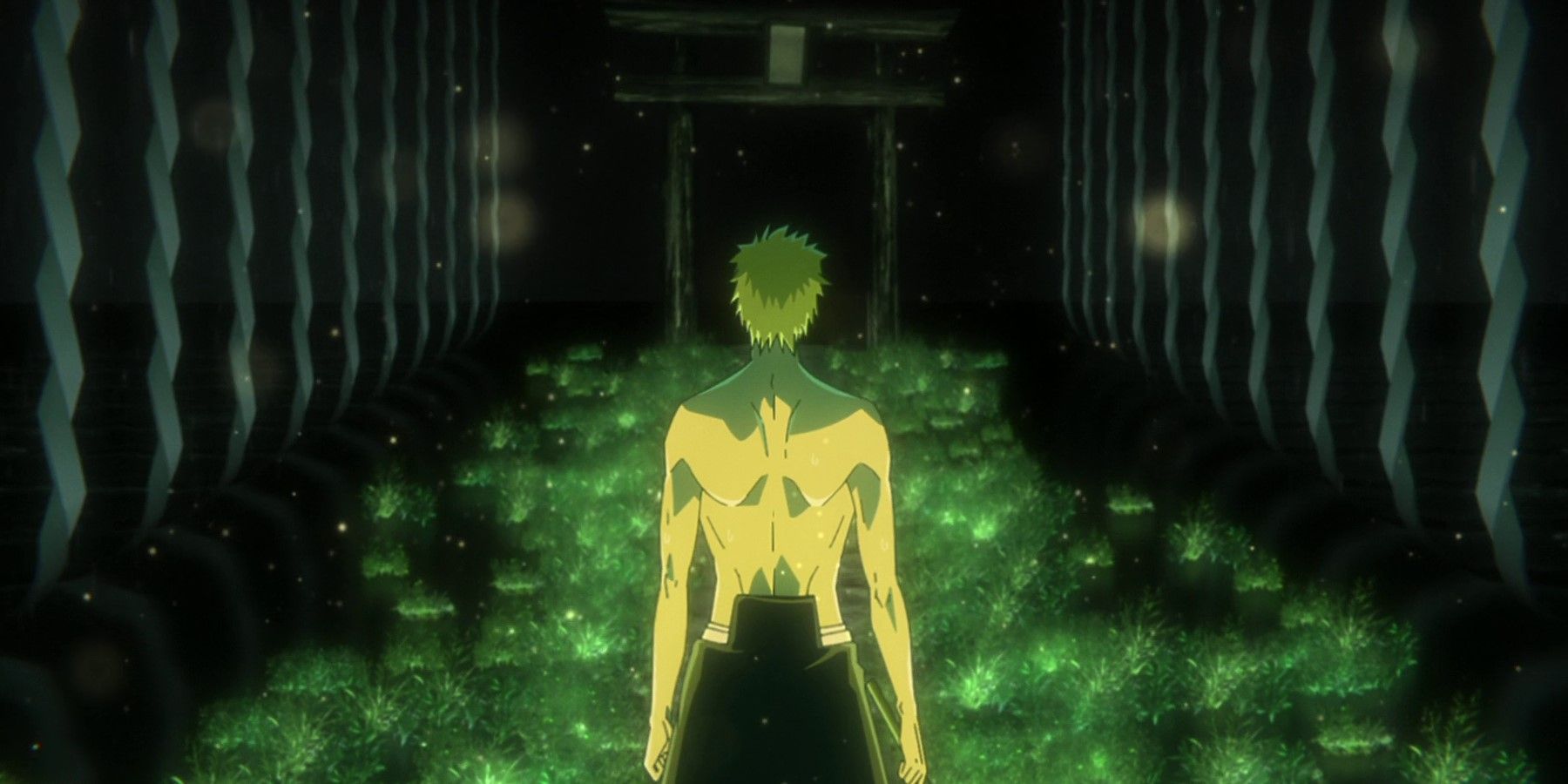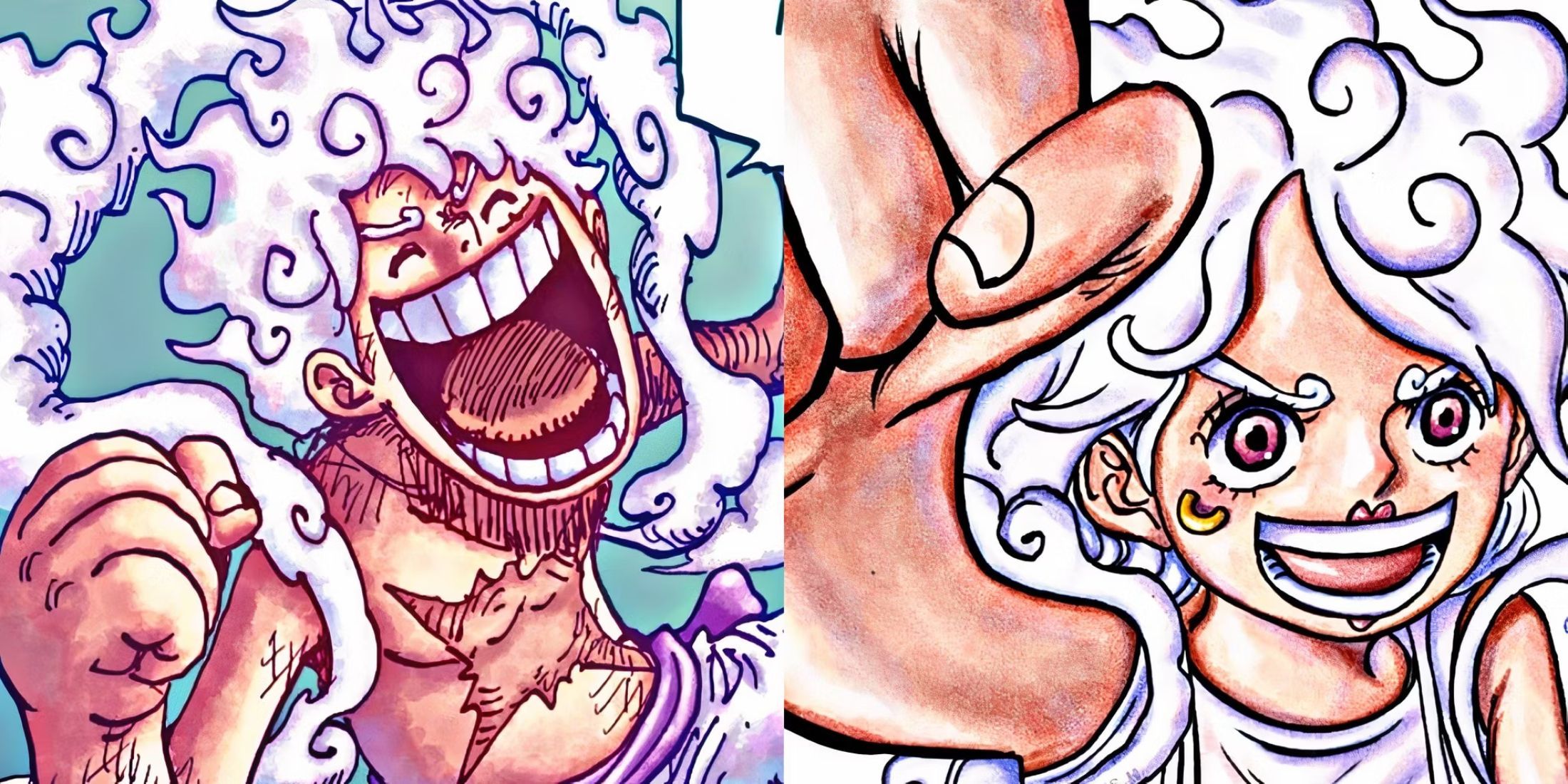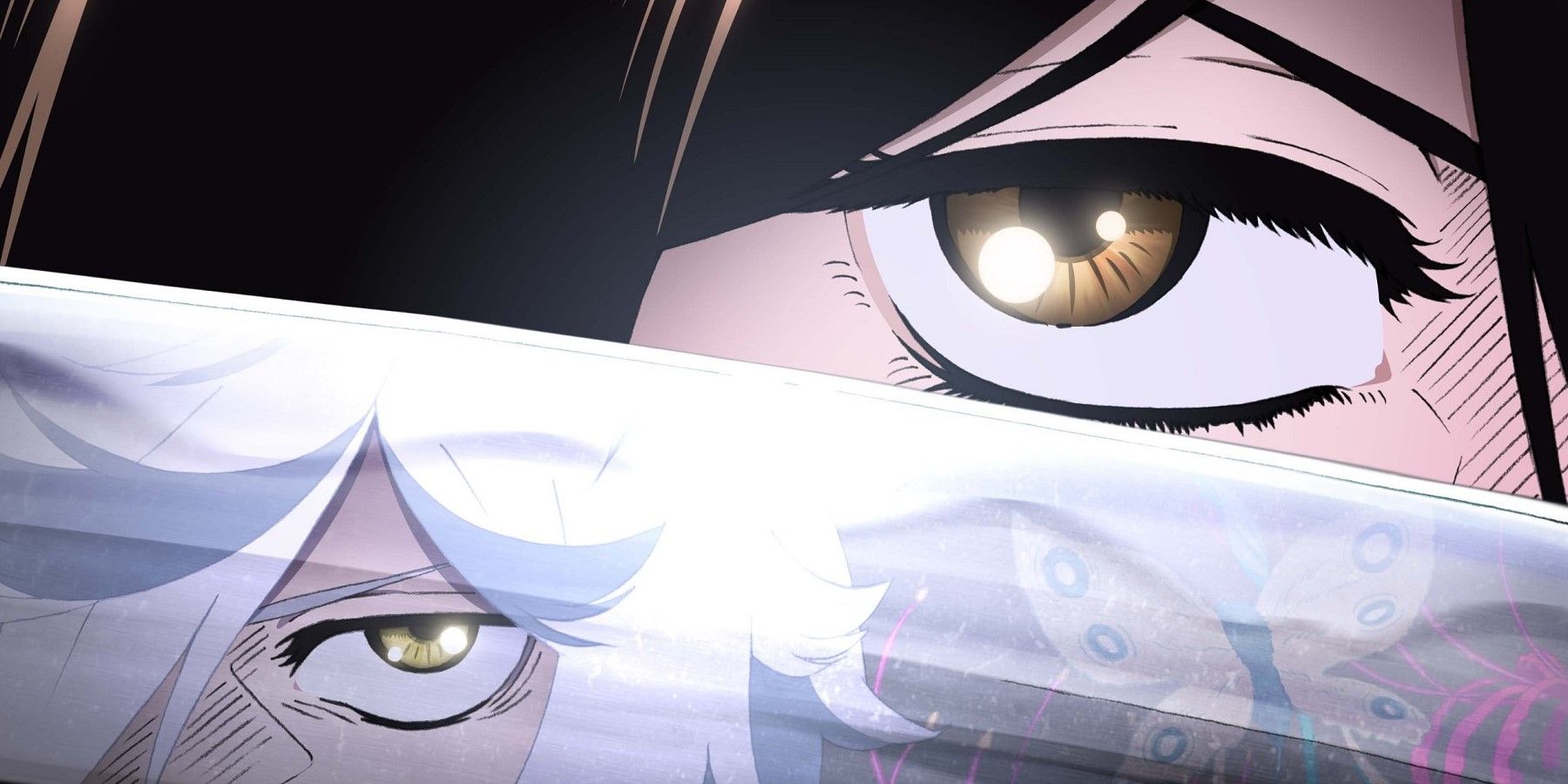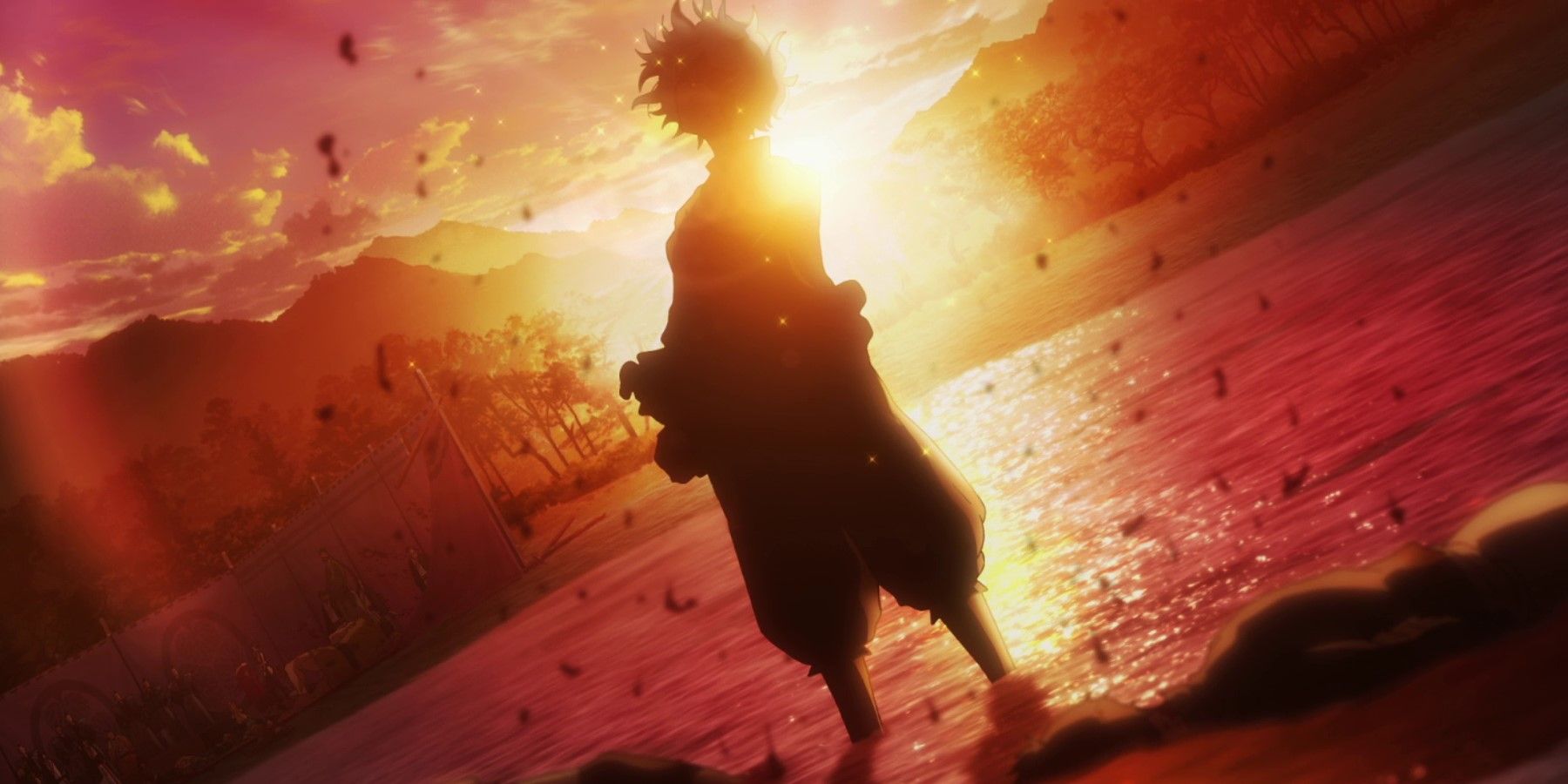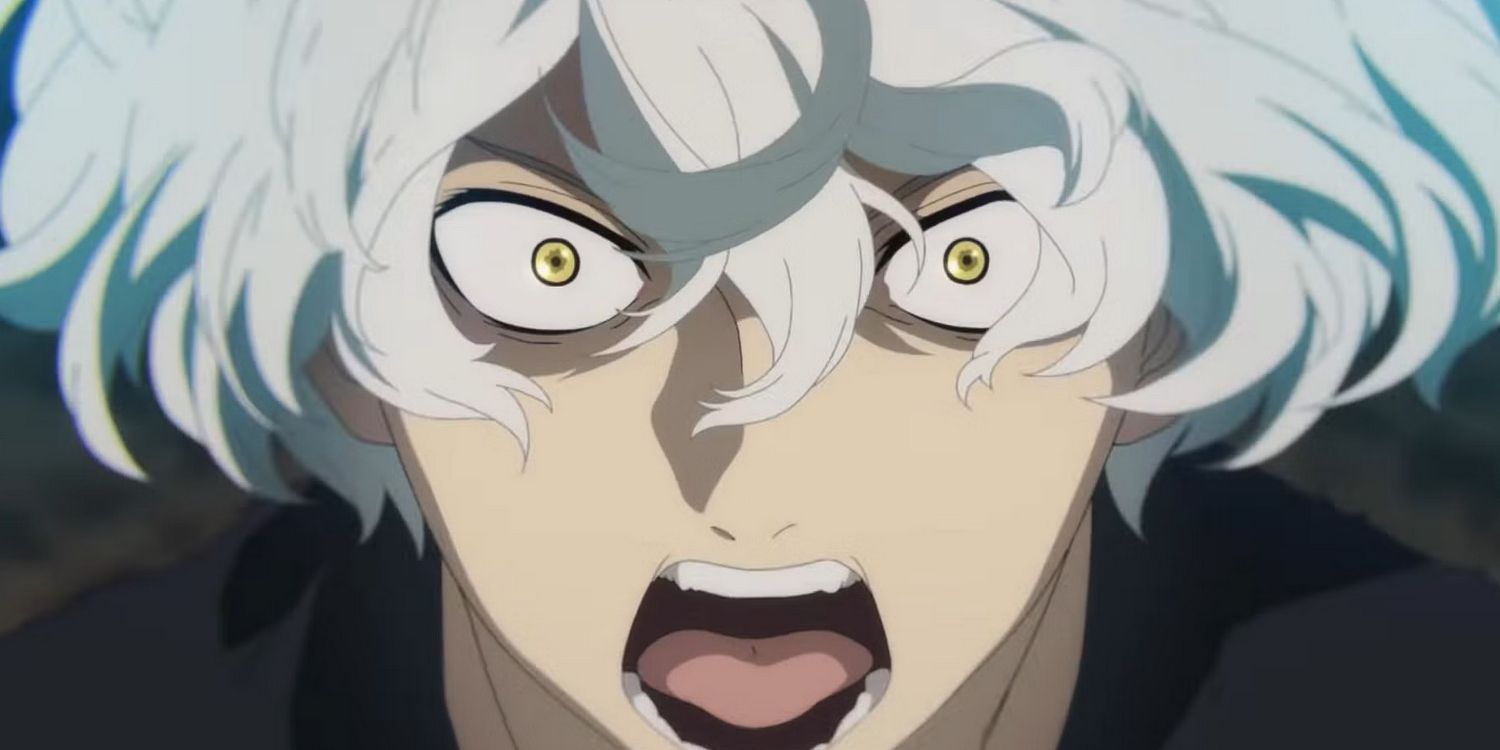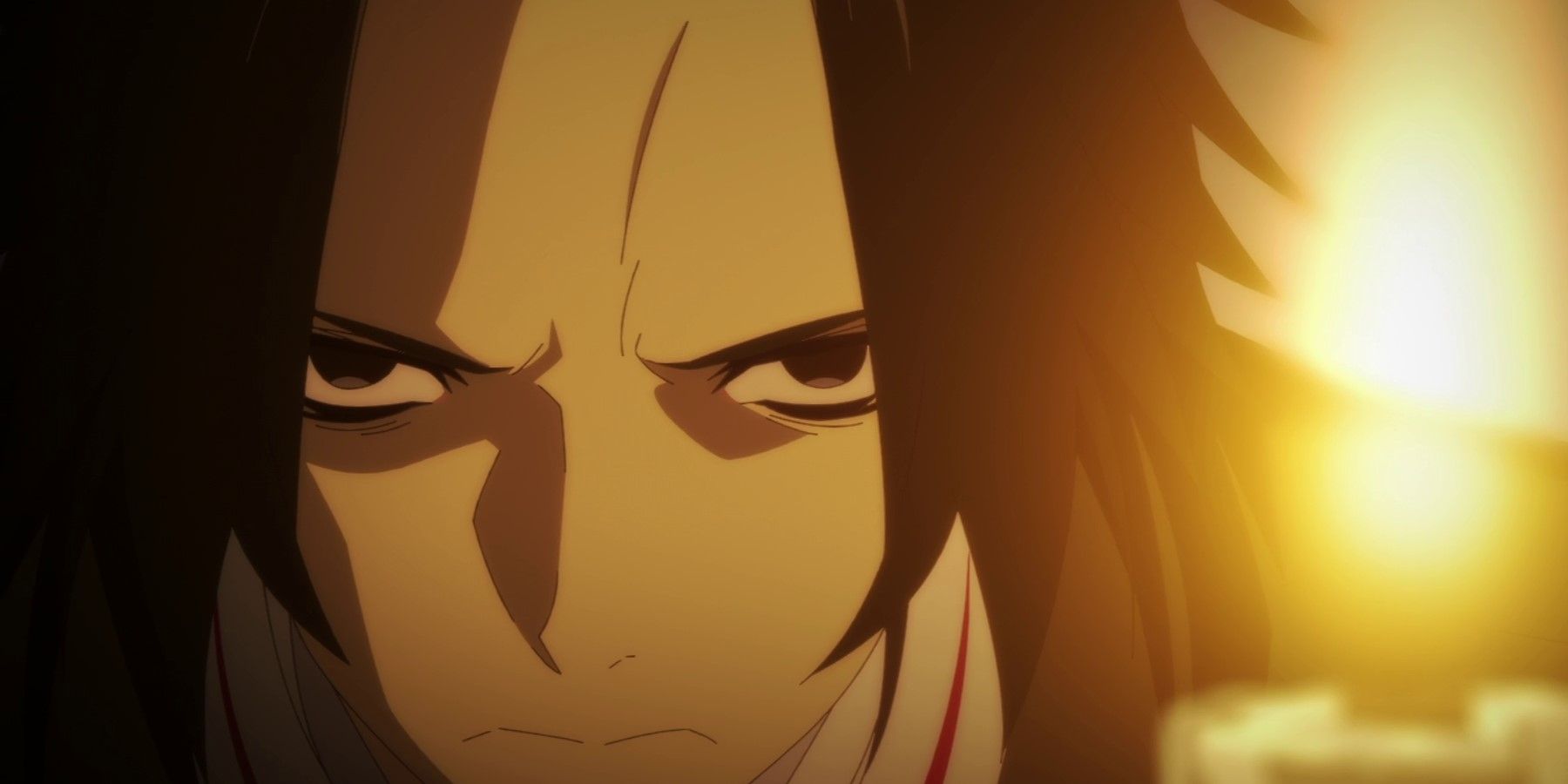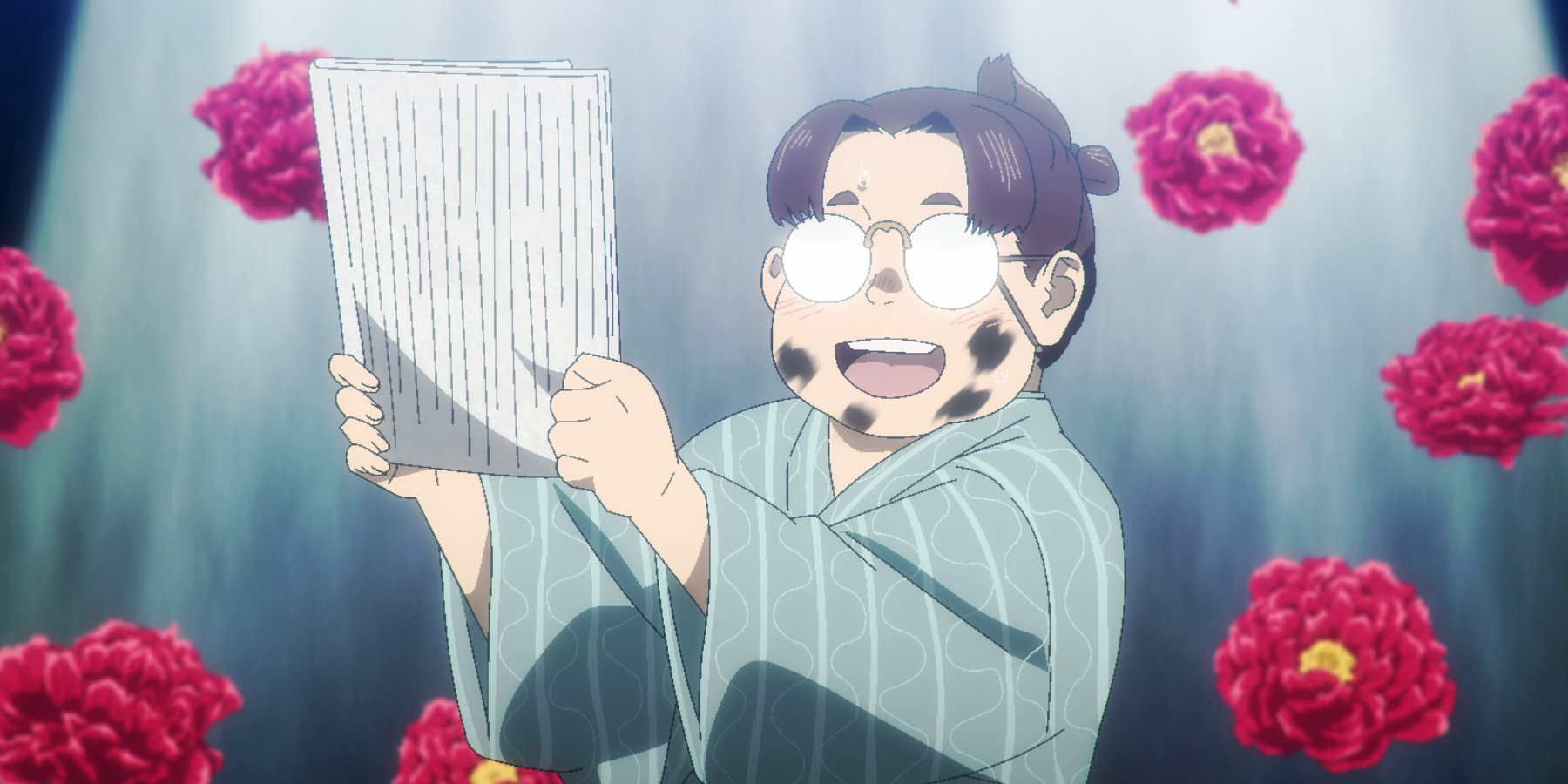After the dazzling final episode of Hell's Paradise: Jigokuraku, a second season was announced to be in development. With news of the anime's future, and the Summer season getting into full swing, it is time to take stock of this season's highs and lows.
Hell's Paradise: Jigokuraku has been an excellent addition to highly rated anime adaptations brought to life by studio MAPPA, and the way the first season ends is an exciting set-up for the next season.
Visuals and Animation
As a result of various brilliant displays in the visuals department, MAPPA definitely lived up to their reputation with Hell's Paradise: Jigokuraku, which featured several gorgeous moments and striking visuals which were accompanied by fluid, yet somewhat inconsistent animation. The first and last episodes stand out from the rest visually, especially the fight in the final episode against major antagonist Mu Dan, which had the combination of absolutely beautifully composed shots, as well as exciting displays from every character involved in the battle. Unlike previous fights in Hell's Paradise: Jigokuraku, the final battle against Mu Dan had an even more dynamic quality despite the various moving parts. That isn't to say fights in Hell's Paradise: Jigokuraku season 1 weren't well-animated, but rather it was evident that the standard MAPPA set for themselves in shows like JUJUTSU KAISEN was too high to perform at consistently, and some of the fights on the island were mostly off-screened or skipped frames just before critical moments in ways that the original manga would also do.
The series' adherence to the original work by Yūji Kaku is commendable as the anime definitely breathes life into the Hell's Paradise: Jigokuraku universe and sets it apart with its brightness and kaleidoscopic colours; however, sometimes adaptations take a few liberties to add more to the moments in between significant points, as seen with Pierrot's extension of certain fights and moments in BLEACH: Thousand-Year Blood War; something which would have been great to see in Hell's Paradise: Jigokuraku season 1. As mentioned previously, the first episode stands out as one of the series best' in its build-up to and display of Gabimaru's Ninpo, which felt much more impactful in the anime. The vibrant colours in Gabimaru's Ascetic Blaze's flames remain constant throughout the series, but there are stand-out moments that highlight this ability as the protagonist's signature ability. Beyond fights, Kotaku was every bit as gorgeous and as terrifying as it had to be, and the series' balance of beauty and horror was well-adapted into anime form, especially when it came to the particularity and detail with which flowers were approached in the series. Being able to clearly identify flowers and how they are used as motifs adds a whole layer to the experience of Hell's Paradise: Jigokuraku.
Adaptation Difference
Due to the fact that Hell's Paradise: Jigokuraku features content that is far more graphic than the usual shonen like its fellow dark trio titlesJUJUTSU KAISEN and CHAINSAW MAN; however, unlike these two, Hell's Paradise features nudity the impact of which was reduced through things like depicting breasts without the nipple or using effects to communicate the moment of impact more so than through fluid animation. While still violent in nature, adaptation for TV comes with rules, and many titles are far more graphic in their original manga or light novel than their anime adaptation. In the case of Hell's Paradise: Jigokuraku, these changes for the sake of television (despite the R-17+ rating) are largely cosmetic and have little impact on the combat or content overall.
Pacing
What may give viewers a bit of whiplash is the fact that the events of Hell's Paradise: Jigokuraku from their arrival on the island all take place over the course of as little as three days. What that means for how we treat the characters is akin to the bonds you'll find between people who endured absolute nightmare-level hardship – they get very attached to each other. By the end of the fourth episode, half of the Vanguard Party has met their end, leaving only Gabimaru and Sagiri; Nurugai and Shion; Yuzuriha and Senta (who is now deceased). Granted that the original manga only runs for 128 chapters, this first season of Hell's Paradise: Jigokuraku has felt like more of an intro to the main body of the series, with one Tensen down almost as a means to give credence to the extreme luck of those who have survived up to this point.
Older fans of shōnen have horrible memories of significant long-running shōnen titles being stretched out with filler episodes for the sake of maintaining broadcasting slots; however, the trend has been to produce smaller chunks of material and spread them out over several cours. This aspect is perfect for Jigokuraku, which enters its arcs of major significance quite early on and mows down several characters before the halfway mark, but it also works for the series because of how it maintains levels of mystery with the questionable existence of Gabimaru's wife, allowing for anticipation to build for the next season. The post-credits reveal of a new Yamada Asaemon being dispatched to Kotaku is also huge for the pacing of the series', which is far from its conclusion despite Sagiri and company's arrival in Hōrai. In summary, the splitting of Hell's Paradise: Jigokuraku into multiple cours is evidence of the care taken into its production (especially given MAPPA's endless schedule), and also guarantees a close adaptation of the original manga if season 1 was anything to go by.
Verdict
All things considered, the anime adaptation of Hell's Paradise: Jigokuraku was successful in its first season and managed to turn around much of the negativity and doubt surrounding the quality of the series in the months leading up to its first episode in April. The characters were interesting in their own ways, and when the series got emotional, it was usually well-done and highly moving. The beautiful visuals seemed fitting for Yūji Kaku's art style in the original manga, although it was clear that as beautiful as Hell's Paradise: Jigokuraku was, something about the visuals felt less detailed than some of the other major titles animated by MAPPA. That being said, comparison is the thief of joy, and the Hell's Paradise: Jigokuraku anime's adherence to the sequence of events as seen in the original work, in addition to the stunning visuals and voice acting, have made Hell's Paradise: Jigokuraku one of the Spring season's stand-out titles. Rating: 4/5 stars.

